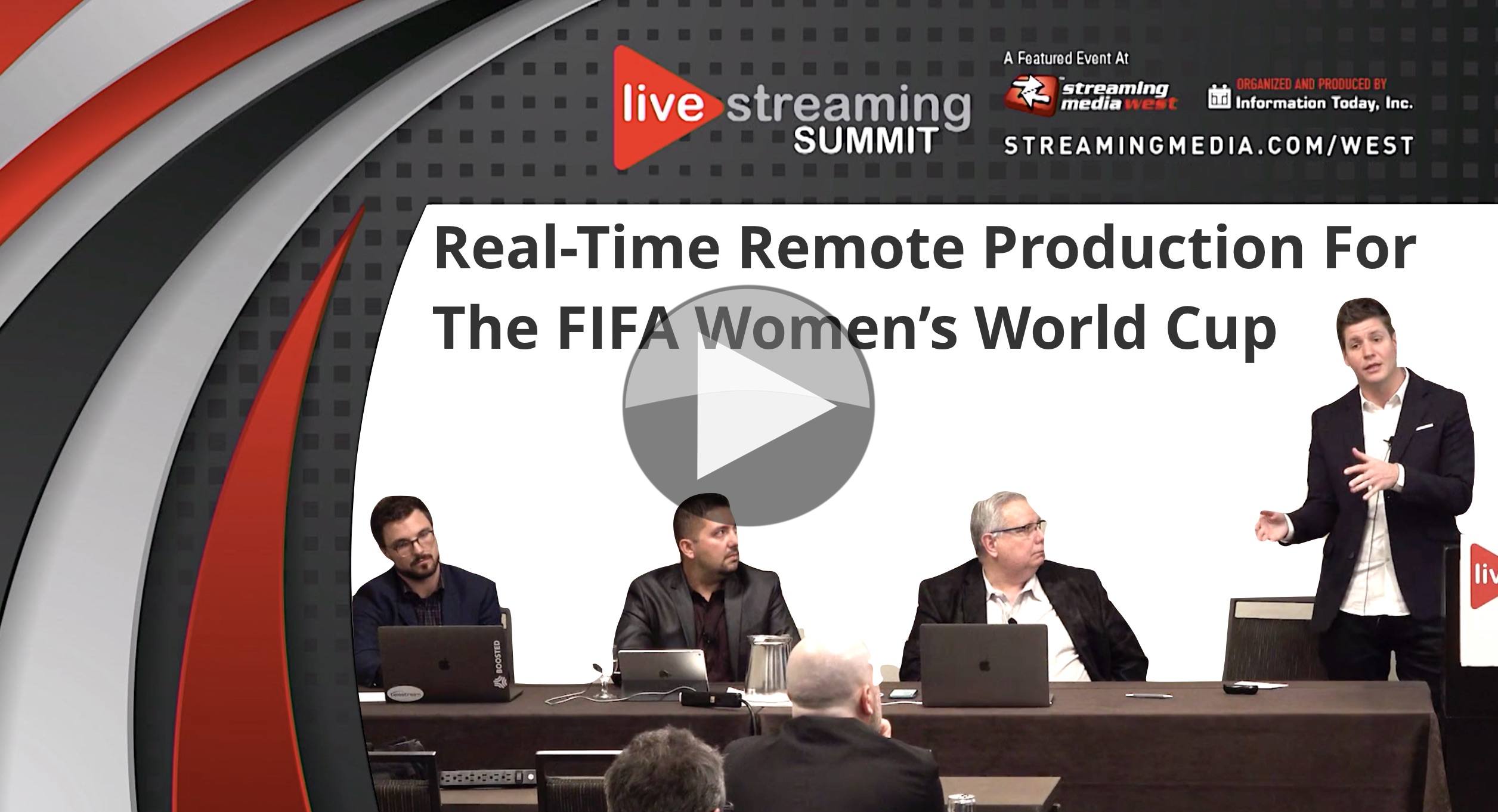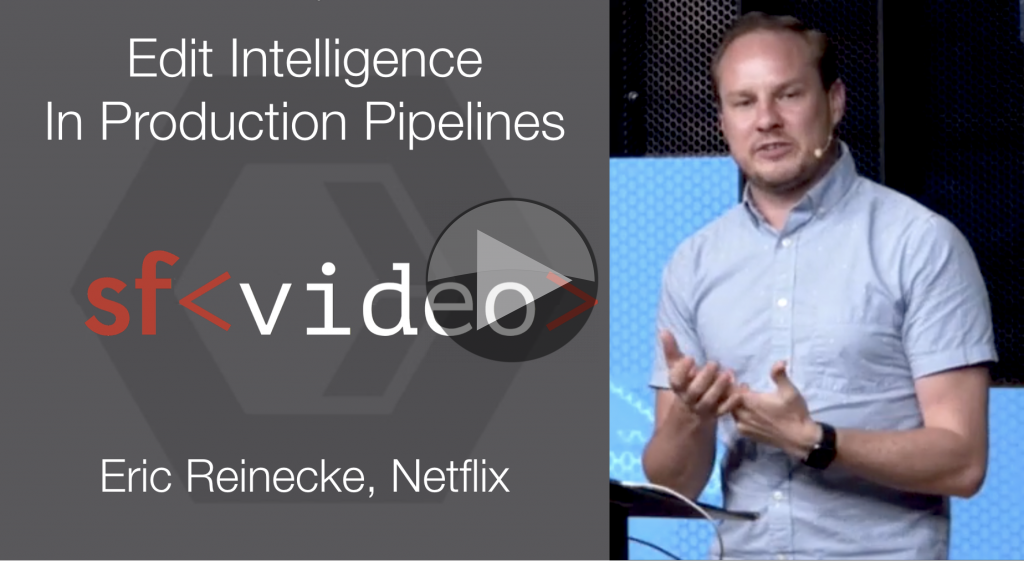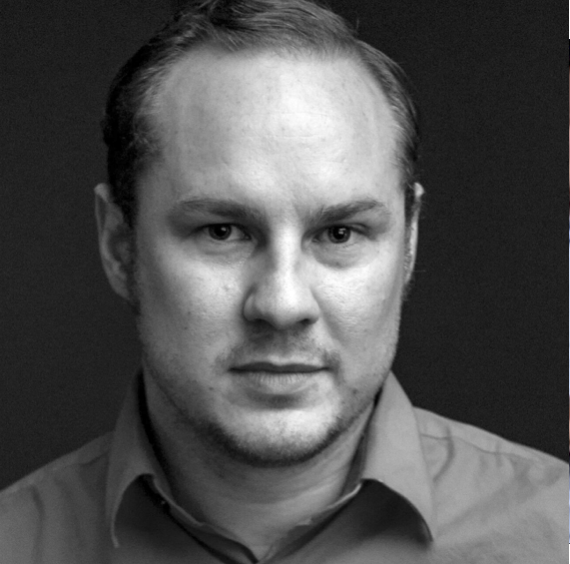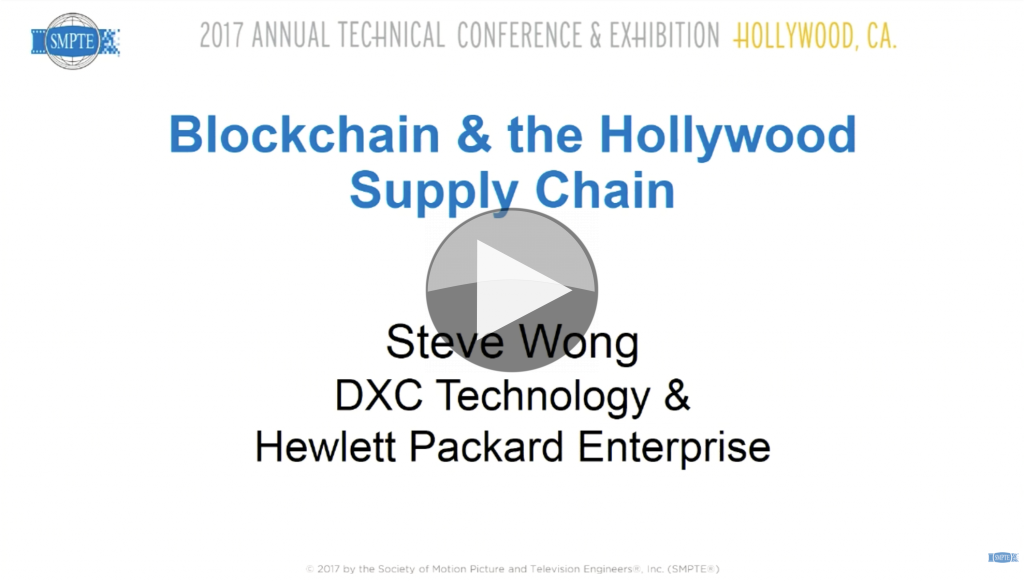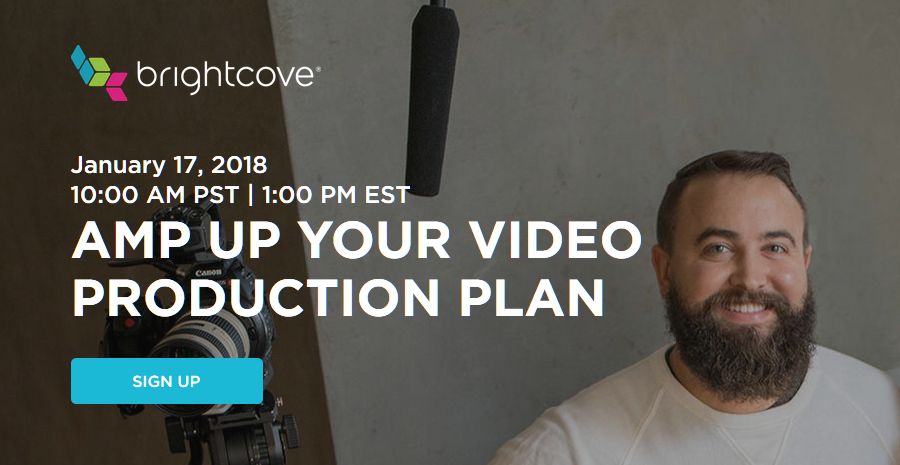We hear about so many new and improved cloud products and solutions to improve production that, once in a while, you really just need to step back and hear how people have put them together. This session is just that, a look at the whole post production workflow for FOX Sports’ production of the Women’s World Cup.
This panel from the Live Streaming Summit at Streaming Media West is led by FOX Sports’ Director of Post Production, Brandon Potter as he talks through the event with three of his key vendors, IBM Aspera, Telestream and Levels Beyond.
Brandon starts by explaining that this production stood on the back of the work they did with the Men’s World Cup in Russia, both having SDI delivery of media in PAL at the IBC. For this event, all the edit crew was in LA which created problems with some fixed frame-rate products still in use in the US facility.
Data transfer, naturally is the underpinning of any event like this with a total of a petabyte of data being created. Network connectivity for international events is always tricky. With so many miles of cable whether on land or under the sea, there is a very high chance of the fibre being cut. At the very least, the data can be switched to take a different path an in that moment, there will be data loss. All of this means that you can’t assume the type of data loss, it could be seconds, minutes or hours. On top of creating, and affording, redundant data circuits, the time needed for transfer of all the data needs to be considered and managed.
Ensuring complete transfer of files in a timely fashion drove the production to auto archive of all content in real time into Amazon S3 in order to avoid long post-match ingest times of multiple hours, “every bit of high-res content was uploaded.” stated Michael Flathers, CTO of IBM Aspera.
Dave Norman, from Telestream explains how the live workflows stayed on-prem with the high-performance media and encoders and then, “as the match ended, we would then transition…into AWS”. In the cloud, the HLS proxies would then being rendered into a single mp4 proxy editing files.
David Gonzales explains the benefits of the full API integrations they chose to build their multi-vendor solution around, rather than simple watch-folders. For all platforms to know where the errors were was very valuable and was particularly useful for the remote users to know in detail where their files were. This reduces the number of times they would need to ask someone for help and meant that when they did need to ask, they had a good amount of detail to specify what the problem was.
The talk comes to a close with a broad analysis of the different ways that files were moved and cached in order to optimise the workflow. There were a mix of TCP-style workflows and Aspera’s UDP-based transfer technology. Worth noting, also, that HLS manifests needed to be carefully created to only reference chunks that had been transferred, rather than simply any that had been created. Use of live creation of clips from growing files was also an important tool, the in- and out-points being created by viewing a low-latency proxy stream then the final file being clipped from the growing file in France and delivered within minutes to LA.
Overall, this case study gives a good feel for the problems and good practices which go hand in hand with multi-day events with international connectivity and shows that large-scale productions can successfully, and quickly, provide full access to all media to their production teams to maximise the material available for creative uses.
Watch now!
Speakers
 |
Mike Flathers CTO, IBM Aspera |
 |
Brandon Potter Director of Post Production, FOX Sports |
 |
Dave Norman Principal Sales Engineer, Telestream |
 |
Daniel Gonzales Senior Solutions Architect, Levels Beyond |

